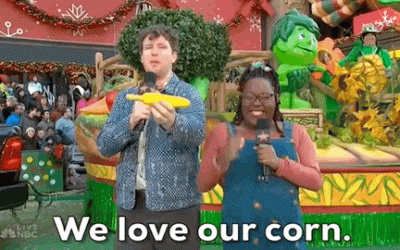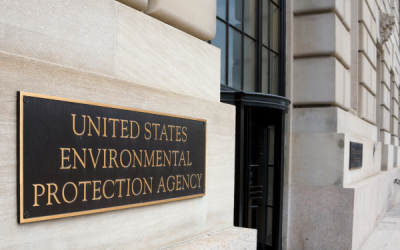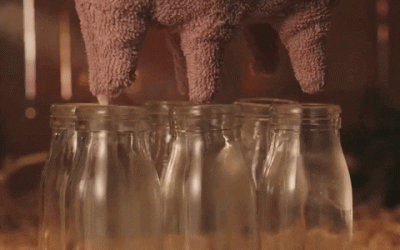Puff up your chest, greater sage-grouse: you’re getting your limelight!
Strut your stuff: The greater sage-grouse, the largest grouse in North America, has seen a decline in its habitat over the years. The bird’s habitat—sagebrush—has seen destruction from drought, fire, and invasive species. That loss in habitat has taken the grouse from populations in the millions to now fewer than 800K.
Conservation clash: The Bureau of Land Management (BLM) has drafted a planto improve conservation and management on public lands to improve populations of the greater sage-grouse. But groups like the National Cattlemen’s Beef Association (NCBA) and the Public Lands Council (PLC) have responded to BLM’s plan, indicating the vast implications it could have on ranchers. The groups are asking for more time for the comment period, which as of now, ends June 13.
Soundbite: “Years of research, including a very recent and comprehensive 10-year study, support the fact that managed livestock grazing is compatible and can actually benefit the bird. The agency must look at the science, and leverage livestock grazing as a tool for strengthening the sagebrush steppe, preventing wildfire, and conserving this iconic species.” — PLC President and Colorado federal grazing permittee Mark Roeber
Meet up: BLM is hosting public meetings to answer questions and address concerns.
Short Corn Packs a Punch
Dynamite comes in small packages—which can be true with new seed technology. What’s...
Congress to EPA: What’s Your BEEF with Meat Packers?
The Environmental Protection Agency (EPA) is considering new regulations that take aim at meat and poultry processors.
And some members of Congress have a BEEF with the EPA’s proposals.
The proposed rules: In late January, the EPA released the details of its proposed “Clean Water Effluent Limitations Guidelines and Standards for the Meat and Poultry Products Point source category.”
Huh?
Basically, the EPA formally published its proposals to combat wastewater contaminants that come from slaughterhouses.
Okay… that makes more sense.
At the heart of the rules proposal is a concern from environmental groups about nitrogen and phosphorus pollutants that originate from slaughterhouses. In some cases, the wastewater goes directly into waterways. In other cases, the water goes to municipal wastewater treatment facilities.
But not everyone is on board with the EPA’s suggestions…
Congress responds: Last week, two U.S. representatives—Eric Burlison (MO) and Ron Estes (KS)—pushed back against the EPA and introduced the “Banning EPA’s Encroachment of Facilities (BEEF) Act.” If passed and signed by President Biden, the law would prohibit the EPA from finalizing, implementing, or enforcing the rule.
According to the lawmakers, the proposed rules place undue burden on small processors—costs that can be absorbed by larger companies.
Soundbite: “The… proposed regulation isn’t just an attack on family-run small businesses, it’s an attack on rural communities,” said Burlison. “These meat and poultry processors are the lifeblood of our communities. The BEEF Act… lets these hardworking Americans do what they do best, produce safe, affordable food for our families.”
University of Illinois Makes Big Mooves in Milk Production
Pump it up: Scientists led by Matt Wheeler at the University of Illinois Urbana-Champaign are...




